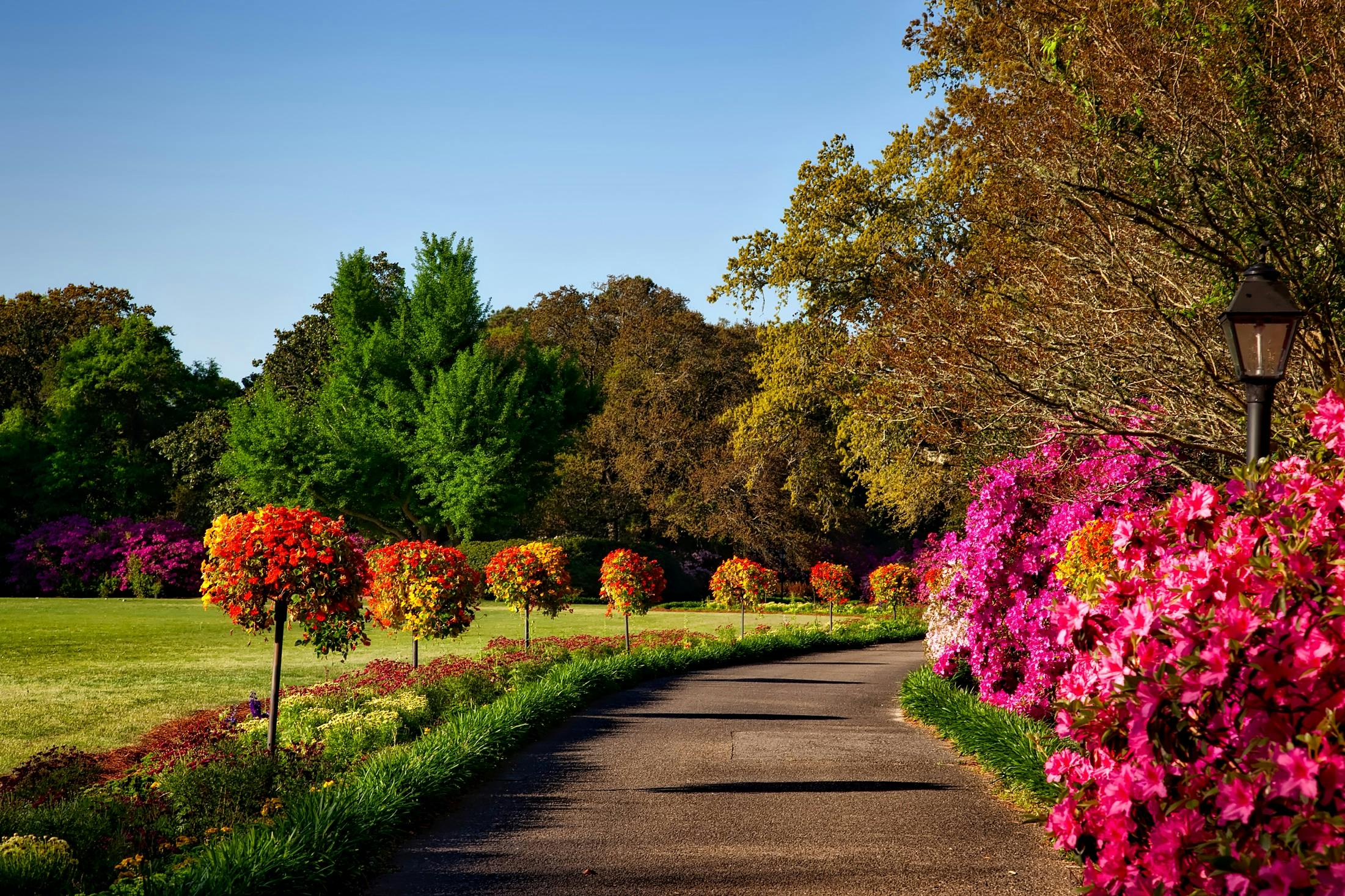What’s the Best Way to Create a Sustainable Eco-Pod for Backyard Living?

In our pursuit of sustainable living, eco-pods are increasingly gaining popularity. They are small, often dome-shaped buildings designed to make efficient use of space, resources, and energy. Today, we will explore the best ways to design and build an eco-pod for backyard living. We’ll delve into the selection of materials, the building process, and how to make the space energy-efficient and user-friendly.
Choosing the Right Materials for Your Eco-Pod
When undertaking the building of an eco-pod, the selection of materials plays a crucial role in ensuring its sustainability. The use of eco-friendly materials not only reduces the environmental impact of the construction process but also enhances the energy efficiency of the finished pod.
Also to read : What’s the Best Way to Set Up a Home-Based Natural Skincare Lab?
Recycled materials are a good option. They decrease waste and the need for new raw materials. For instance, recycled steel or reclaimed wood can be used for structural elements. Recycled glass can be utilized for windows, providing natural light while offering insulation.
Natural materials such as straw bales, hempcrete, bamboo, and cob are also strong options for sustainable building. They are not only renewable, but also provide excellent insulation, keeping the pod cool in summer and warm in winter.
This might interest you : How to Design a Space Saving Foldable Dining Area in a Tiny Apartment?
Biodegradable materials should also be considered for the interior design. Using natural fiber rugs, reclaimed wood furniture, and other eco-friendly options can help to reduce the environmental footprint of your eco-pod.
Constructing Your Eco-Pod
Building an eco-pod is much more than just assembling materials together. It requires careful planning and consideration to ensure that the structure is not only sturdy and safe but also energy-efficient and comfortable for living.
Designing the pod for maximum space efficiency is key. The small size of eco-pods necessitates creative use of space. Built-in furniture, smart storage solutions, and multi-purpose spaces can help to maximize the usability of the pod.
Insulation is another key factor when building an eco-pod. Not only does it help to maintain a comfortable temperature inside the pod, but it also greatly reduces energy consumption by preventing heat loss in winter and heat gain in summer.
The process of building should also be designed to be as eco-friendly as possible. This means minimizing waste, using sustainable construction methods, and striving for a carbon-neutral construction process.
Creating an Energy-Efficient Space
The heart of a sustainable eco-pod lies in its energy efficiency. The goal is to create a pod that uses the least amount of energy while providing a comfortable living environment.
Solar panels are an excellent way to provide a source of renewable energy for the pod. They can be easily installed on the roof of the pod and can provide enough energy for all the needs of the pod’s inhabitants.
LED lighting is another aspect to consider. It consumes less energy and lasts longer than traditional lighting options. Moreover, designing the pod to maximize natural light can reduce the need for artificial lighting during the day.
Energy-efficient appliances, from the refrigerator to the air conditioning system, can also greatly reduce the energy consumption of the pod. Choosing appliances with a high energy efficiency rating is a must for any eco-pod.
Making Your Eco-Pod User-Friendly
While sustainability is key in designing an eco-pod, it should also be a comfortable and friendly space to live or work in. Thus, the design and layout of the pod should be user-friendly and adaptable to the needs of its inhabitants.
Open floor plans can help to create a feeling of spaciousness in the pod. They also allow for more flexibility in the use of space.
Natural elements can be incorporated into the design to connect the inhabitants with the outdoors. Large windows, a skylight, or even a green wall can help to bring nature indoors and create a calming, healthy environment.
Technological integrations can also enhance the usability of the pod. This could include smart home technology, such as automated lighting and temperature control, or even a dedicated workspace for those who work from home.
Transforming Your Garden into an Eco-Friendly Living or Office Space
Your backyard can be more than just a lawn and a few garden beds. With a tiny eco-pod, it can be transformed into a sustainable, energy-efficient living or office space.
Properly planned and built, an eco-pod can become a self-sufficient unit that generates its energy, reduces its waste, and provides a comfortable space for living or working. It can be a guest house, a home office, an art studio, or even a rental unit.
Most importantly, an eco-pod is a step towards a more sustainable lifestyle. As the concern for the environment grows, so does the importance of finding ways to reduce our environmental footprint. By choosing to build an eco-pod, you are not only creating a functional space for yourself but also contributing to the preservation of our planet.
Embracing Technology for a Sustainable Garden Office
Incorporating modern technology can enhance the sustainability and functionality of your eco-pod. With the rise of remote work, many people are choosing to transform their backyard eco-pods into garden offices. This requires careful consideration of the tech needs of a home office, along with the goal of maintaining energy efficiency.
Smart home technology can be utilized within these tiny houses to manage energy consumption effectively. For instance, automated systems for lighting, heating, and cooling can adjust energy usage based on the time of day or occupancy of the pod. This technology can help to ensure that energy is only used when needed, reducing wastage.
Solar panels are an essential feature in an eco-pod. They harness renewable energy from the sun, helping to reduce reliance on grid electricity. Battery storage systems can also be installed to store excess solar energy, ensuring a constant energy supply even during cloudy days or at night.
Internet connectivity is vital in a garden office. But traditional Wi-Fi routers can consume a lot of energy. Opt for energy-efficient routers or mesh networks, which offer good coverage with less energy use.
Even the choice of computer can impact the eco-friendliness of your office pod. Laptops often use less energy than desktop computers. Additionally, choosing devices with an energy-saving mode can help to reduce energy consumption further.
Conclusion: Eco-Pods – A Sustainable Living Revolution
As the world continues to grapple with the realities of climate change and environmental degradation, it is evident that a shift towards sustainable living is not just desirable, but necessary. Eco-pods offer a practical and appealing solution to this challenge. These small houses, often perched in our backyards, epitomize the adage that "less is more".
An eco-pod is more than just a tiny house. It is a testament to innovative design, sustainable materials, and forward-thinking lifestyle choices. From its construction using recycled or natural materials to its energy efficiency achieved through insulating properties and renewable energy sources, every aspect of an eco-pod is designed with sustainability in mind.
The versatility of eco-pods is another of their strengths. Whether you envision it as a cozy living space, an office pod, or a garden room for hobbies, an eco-pod can be all this and more. Its compact size, typically a few hundred square feet, does not limit its potential. Instead, it challenges us to be mindful of our needs and consume only what we require.
By choosing to build an eco-pod, we can significantly reduce our carbon footprint, contribute to the preservation of our planet, and embrace a way of life that is in harmony with nature. The eco-pod revolution is not just about changing our homes, but transforming our mindset to prioritize the planet’s health alongside our comfort.
